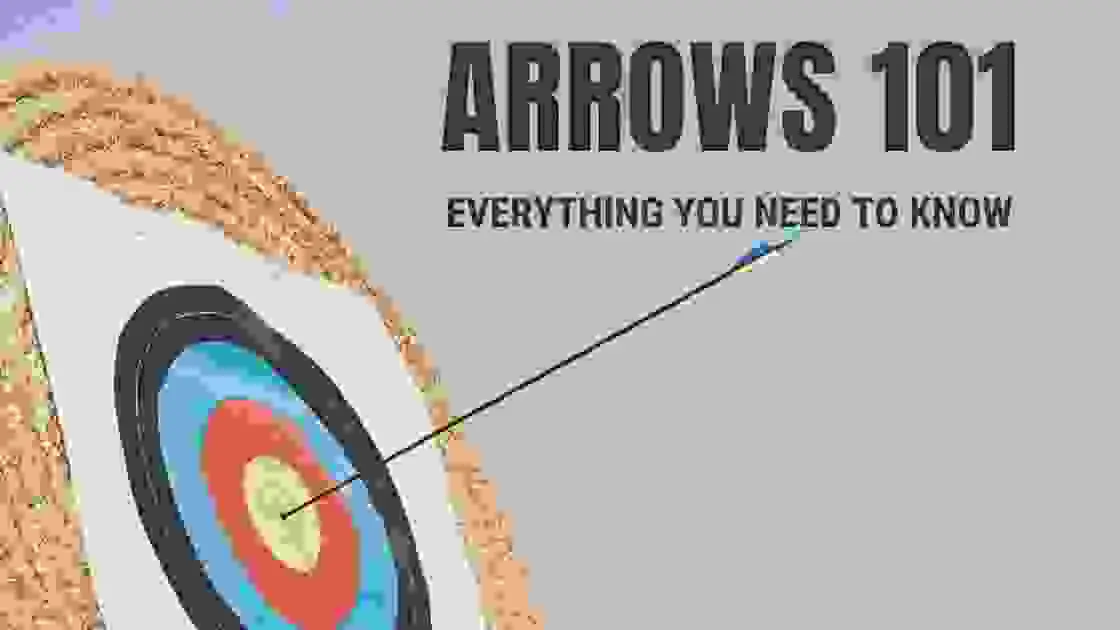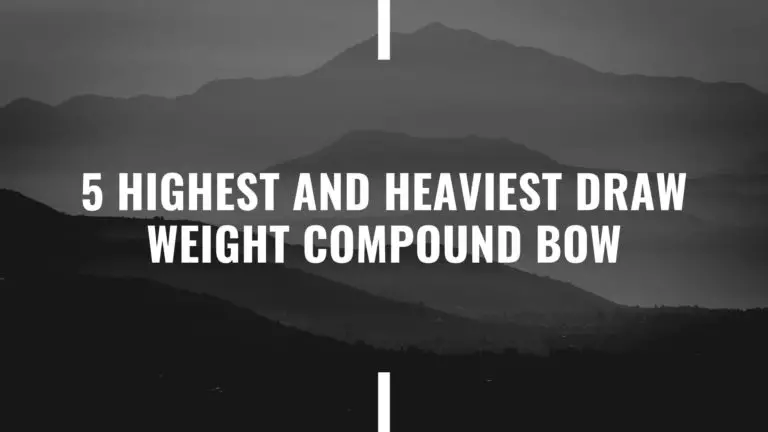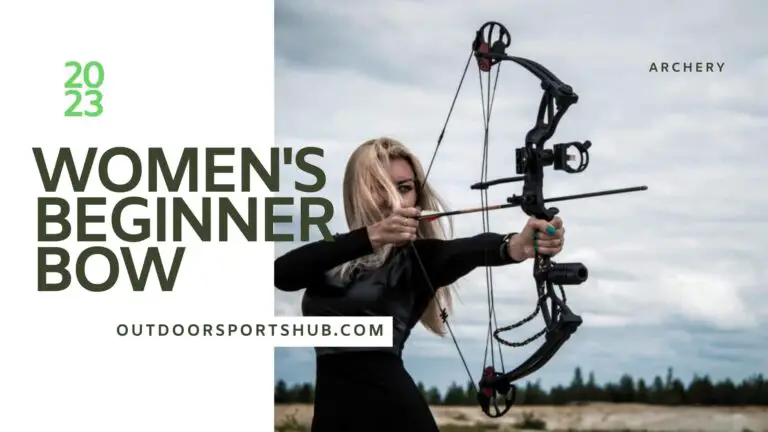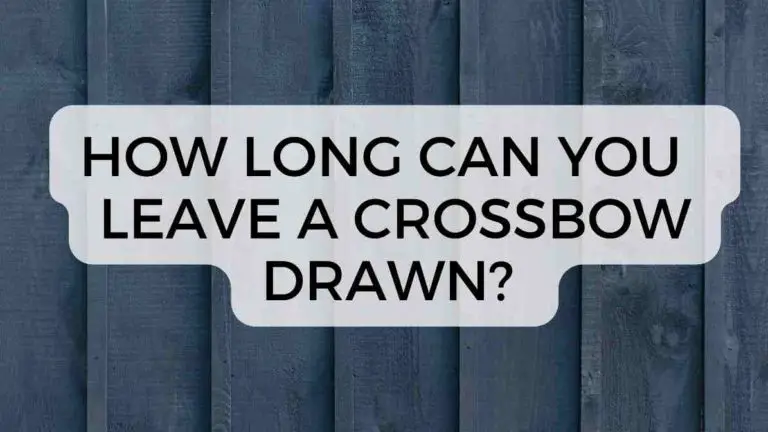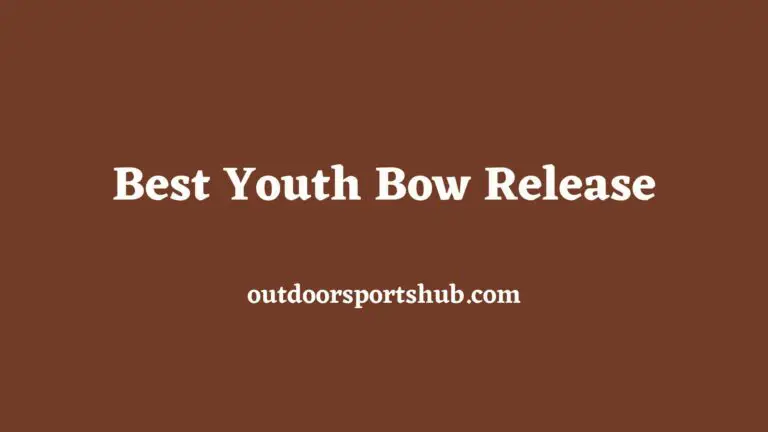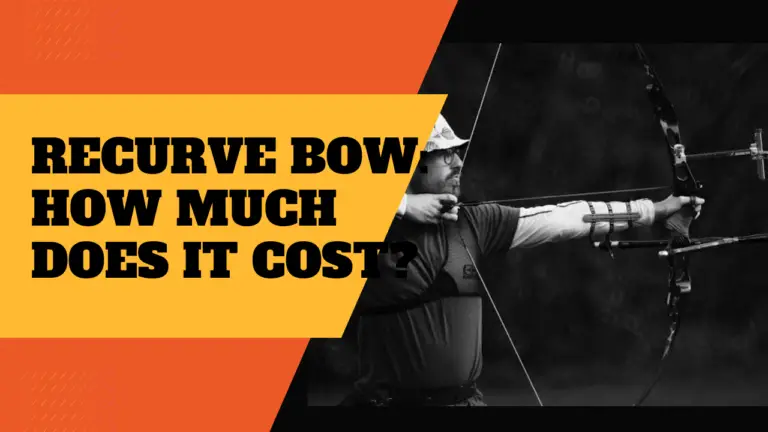Arrows 101: Everything you need to know
All sportsmen agree to the fact that their equipment plays a crucial role in their success in any particular sport. So, do archers or bowmen. Bows and arrows act as either a plus or a minus to your hard work and talent. Hence, always choose the best equipment for your tournaments.
Your archery discipline, your personal comfort, the anatomy of the arrow, and various other factors contribute to making a perfect arrow. As arrows are reusable, it makes it even more important to buy a durable and accurate arrow.
Features of an Arrow
The anatomy of an arrow plays a huge part in improving its performance. Each part has an individual impact on the overall performance. Here is a brief guide, explaining each and every feature by correlating it with the accuracy of the target.
Shaft Material
The shaft should be durable, flexible, lightweight, and also strong. These properties are manifested by the material. You can find arrows in a number of different materials. But carbon fiber, aluminum, and wood are the topmost.
Carbon Fiber Shaft |
Aluminum shaft |
Wooden Shaft |
| Carbon fiber shafts are light in weight but still provide the required strength | Aluminum shafts are lighter than wood but heavier than carbon. This imparts properties that are better than wood arrows but a little behind carbon arrows. | They are heavier than both carbon and aluminum arrows. |
| They are durable. | They are less Durable, as aluminum is not that resistant as a material. | They are the least durable arrows as they have almost no flexibility for bends and cannot handle misuse. |
| Carbon fibers have high flexibility making them resistant to cracks from frequent bends. | Aluminum shafts are straight and consistent. | They are less consistent and can wrap out of their shapes easily. |
| When you miss the target and the arrow hits random objects arbitrarily, small cracks can appear in the shaft. | They can bend by bungling. | They break even after small traumas. |
| Always check the arrow whenever you miss a target. This way, you can avoid missing your targets in the upcoming shots. | You should use them cautiously to avoid bends and cracks. | Reminds of the charisma and the glamour of history. Those who are interested in antique collections might want to play with wooden arrows. |
| These shafts are a little expensive. But they are also available at budget-friendly prices. | Aluminum arrows are cheaper. Hence, if you are a recreational player, then you should go for this option. | Wooden arrows are expensive compared to what they have to offer in performance. |
Shaft Length
Shaft length of your arrow and your draw length is interlinked. You can use the indicator tool to determine the perfect shaft length from your draw length. An imbalance between shaft length and draw length will affect your performance.
However, commonly experienced archers use short arrows. Apart from length, shaft diameter and mass are also important for determining your performance. A heavy arrow will decrease your draw length and a lighter one will have an opposite effect. Generally, it is advised to go for a medium-weighted arrow.
Fletchings
These are synthetic materials (though bird feathers were used in the past), used as aerodynamic stabilizers. Usually, 3 to 6 fletchings are attached to the bottom end of an arrow.
Feathers and synthetic plastics are the two most common materials used to manufacture fletchings. Plastic fletchings are also called vanes. On one hand, vanes are preferred for their durability and waterproof properties. On the other hand, feather fletchings provide arrow stability. However, you can use sprays and powders to make feather fletchings waterproof.
Some common shapes of fletchings are as follows:
- Target points: They are similar to sharp bullets in shapes.
- Blunts: They have no points and are used for practice as well as practical hunting.
- Broadheads: These fletchings are great for causing great damage.
- Bodkin points: They have short rigid points to render greater range on the battlefield.
- Judo points: These are the perfect fletchings and are best for training and games.
- Safety arrows: They have safety suctions which provide protection against extreme damage.
Each shape has its own specificity and features. Brodkin points are for wars and fights whereas judo points are for training and games.
Nock fit
A small slip at the bottom end of the arrow for the bowstring is called nock fit. It stabilizes the arrow on the bowstring. If the nock fit is too small, the bowstring will keep slipping out of the arrow before you take the shot. However, a too-deep nock fit will make it harder to shoot the arrow.
Spine
The measurement of the stiffness of the arrow shaft is called its spine. Higher the spine, the lesser the stiffness. Typically a specific spine number goes for a specific bow. Once you change your bow, you should change your spine number too. Find an arrow with a spine number that is compatible with your bow.
Average speed of an arrow
The average speed of an arrow depends on a number of factors. The weight of the arrow and the bow, the energy profile, draw length, and the type of fletching, all collectively play their roles in arrow speed. In fact, many external features such as wind conditions, also affect the average speed of an arrow.
Also, the bow type is very important. Compound bows render more speed to an arrow than a recurved bow. You can adjust these factors to balance the speed according to your requirement.
Conclusion
The Crux of the matter is that you should contemplate each and every feature of the anatomy of an arrow before you buy new arrows. Your new arrow can have huge effects on your performance, either positive or negative depending on your choice. Hence, compare your discipline, your shooting details, and other preferences to the arrow you are about to buy.
Arrows: Frequently Asked Questions
-
How long should my arrows be for a 30-inch draw?
Arrow spine, draw length, and arrow length are a few interconnected terminologies. Hence, you cannot have an intact figure of arrow length against a draw length. But an arrow with a spine of 340 will need an arrow length of 28 inches for a 30-inch draw. However, for a spine of 280, a 30-inch arrow length will be required.
-
How long should my arrows be?
Your arrow length should be related, not equal, to your draw length. According to a good rule of thumb, your arrow should sit right in the middle of the shelf when it is fully drawn. However, this cannot be used to tell an exact length.
-
How to measure an arrow shaft?
The complete length of an arrow is not its exact shaft length. It is a little longer than the correct one. Right measurement is taken from a little behind the pointed end to the throat of the nock fit.
-
Does arrow length matter?
Yes, arrow lengths do matter a lot, especially if they affect your draw. For example, if you have a draw length of 30 inches, you can never use an arrow of 25 inches. An arrow of at least 28 inches is required for a decent draw. Similarly, a higher length will also distort your shoots.
-
Which factor most influences the choice of arrow point?
Different arrow points, better known as arrow fletchings, are available in the market. Each one of them is specialized for a specific type of shooting. Hence, your choice of arrow point is entirely dependent on the arcade of your shooting. For example, bowfishing tips are the best for fishermen.
-
What might happen if an arrow is too short for the bow?
A mismatch between arrow length and bow size will cause extreme “archer’s paradox movements”. These movements cause bending of the shaft which in turn is responsible for poor arrow flight and loss of accuracy. Hence, your arrow should not be too short for your bow.
-
What might you do to your bow if you use arrows that are too lightweight?
Too lightweight bows are not felt by bowstrings as real weight. Hence, the bowstrings might cause dry firing. Dry firing is the excessive and random movements of the bow that can damage both the bow and the archer.
-
What should you consider when choosing an arrow to match your bow?
There are a number of factors to be considered when choosing an arrow to match your bow. Most of them, such as arrow length, spine, fletchings, nock fit, etc are briefly described above. If you research properly, you will be able to find yourself a perfect arrow.
-
Which device is used to indicate an archer’s optimum draw length?
A clicker is a device that is normally used to measure an archer’s optimum draw length.
-
How to nock an arrow on a compound bow?
Nocking an arrow on a compound bow is even easier than nocking on a traditional recurve bow. There are arrow rests that make the alignment and nocking much easier. Also, the click is occasionally. You may not hear the click but if the arrow rests properly, it is probably nocked.
